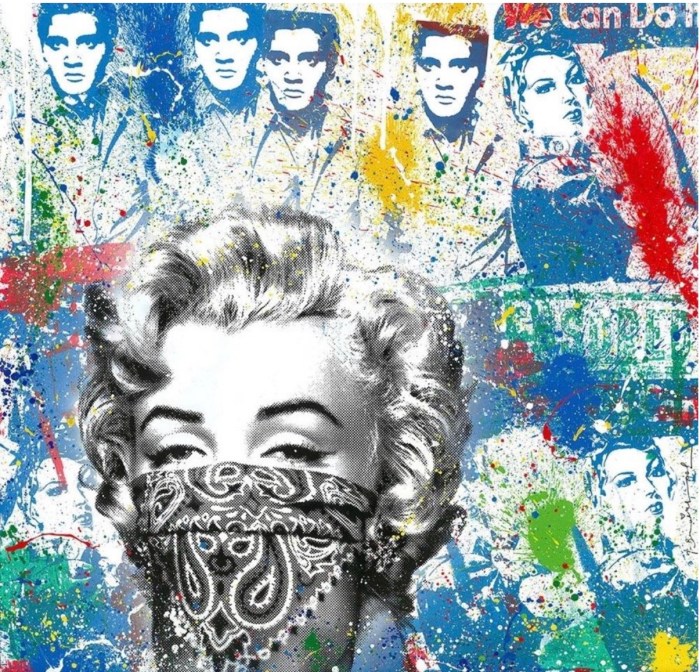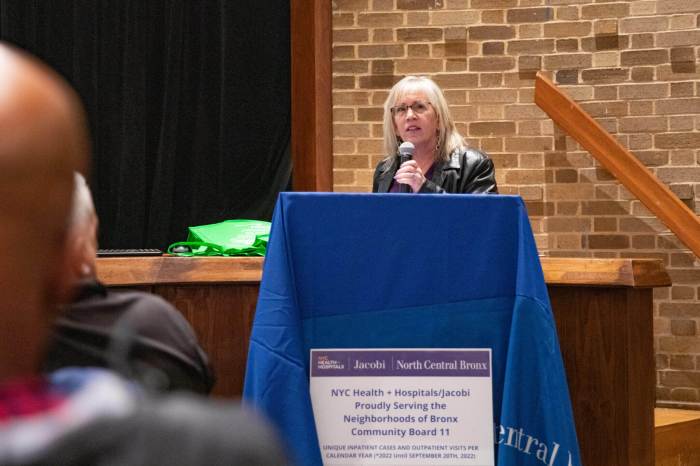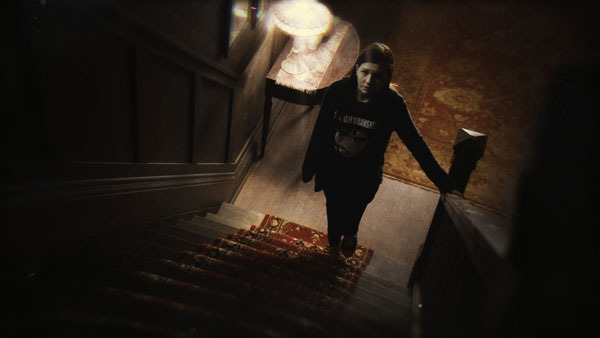
PHOTO COURTESY OF IFC MIDNIGHT
BY SEAN EGAN | In most haunted house movies the ghost isn’t the hero. But the Vincenzo Natali’s “Haunter” isn’t like most haunted house movies. Lisa, the moody, goth-y heroine of the film, is an average, rebellious teenager — who also happens to be dead. This hook, which sets “Haunter” apart, is far from the only trick the filmmakers have in their arsenal. Clever and subtly weird, it’s a fun change of pace from many of the big budget horror films offered up by the major studios.
Set in the 1980s, “Haunter” follows Lisa — who is not only dead, but also trapped in her house and forced to relive the same day over and over again with her family (all of whom are blissfully unaware of their current state of being). Essentially, the set-up is “Groundhog Day” by way of ghost story. Gradually though, Lisa starts to notice strange noises and weird occurrences in her house, and begins to find secret passages and undergo supernatural experiences. This helps lead her to the discovery of how she came to be in her situation — as well as the knowledge that she can help others avoid her terrible fate.
‘Haunter’ is smart horror made by creative filmmakers
“Haunter” relies heavily on unexpected turns in the narrative, with much of the film coming from guessing what will happen next, and doing mental gymnastics to catch up to the sudden twists. In this way, the film becomes quietly bonkers, gradually adding in more and more crazy elements (Time travel! Possession!) and pulling the audience along for the ride.
Brain King’s screenplay smartly handles the conceit of repetition. While initially difficult to figure out, King reveals the inner mechanisms of the plot in a manner that allows the audience to find significance in the most unlikely of places — so that just about every narrative strand and throwaway line pays off by the end. Familiar with the genre he’s working in, King manages to offer up new takes on old tropes (who knew an Ouija board and a creepy child could be this effective again?). Natali’s creatively and carefully controlled camerawork, in conjunction with beautiful cinematography by Jon Joffin, helps to keep the tension high throughout. The production and costume design also deserve special mention, as they help create an immersive world with nice period-specific details, right down to the Siouxsie and the Banshees tee Lisa wears.
As Lisa, Abigail Breslin ably carries the movie. Breslin’s teenage ghost is intelligent, inquisitive and expressive — her character seems just as at home rolling her eyes as her parents and shirking chores as she is investigating supernatural clues and fighting the forces of evil that surround her. As Lisa’s father, Bruce, Peter Outerbridge has the demanding task of alternating between being warm and fatherly and sinister and intimidating. He also brings real pathos to the role — no easy feat, when the plot calls for whiplash changes in demeanor.
The real standout in the cast, however, is the Stephen McHattie as the villainous “Pale Man” responsible for all of Lisa’s problems. McHattie plays the role with an unnerving cool, an inscrutable cypher of a man and the embodiment of pure evil. Exuding a quiet menace and grinning like Clint Eastwood from hell, the Pale Man (despite his minimal screen time) is one of the most distinctive horror villains to be seen in recent years.
Though there is much to recommend, “Haunter” is far from perfect. The main issue lies in its pacing. While the repetitive structure is exciting and invigorating at first, it begins to drag. Although all the elements of the screenplay are put together like clockwork, it takes a bit too long for the reveals to start coming — causing the film to feel a little bloated and slow during its middle act. Another minor quibble: its occasional use of jump scares and stings feel out of place in an otherwise more cerebral movie.
Despite these minor flaws, “Haunter” is a lot of fun, and highly recommended. It keeps its audience guessing, and subverts expectations by deploying plot twists in ways that — far from seeming cheap and random — actually reward paying attention to the smaller details in the screenplay. It’s smart horror made by creative filmmakers — and makes for some great alternate programming this Halloween, with the potential to become standard viewing on DVD, in the years to come.
MORE HAUNTED HOUSE AND GHOST STORIES
As original as it is, “Haunter” is just the latest in a long line of haunted house and ghost movies that range from film classic, cult hits and contemporary takes on the genre. Here are a couple that might interest fans of “Haunter,” or just about anyone looking for something to give them chills this Halloween.
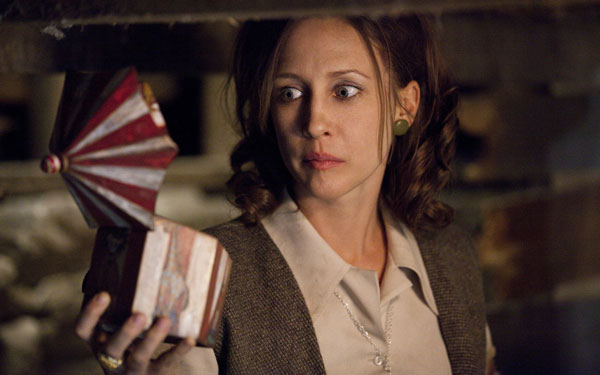
THE CONJURING (James Wan, 2012)
This past summer, “Insidious” director James Wan released his best feature yet. Set in the 70s and based on the true life experiences of the married paranormal investigator team, the Warrens, “The Conjuring” plays out as love letter to past horror classics, while remaining a modern take on like genre. Like “Haunter,” it captures its era well, employs gorgeous cinematography and inventive camerawork, focuses a lot on individual characters and their relationships — and most of all, thrives on the power of suggestion rather than gore and special effects in order to creep its way into the viewer’s mind.
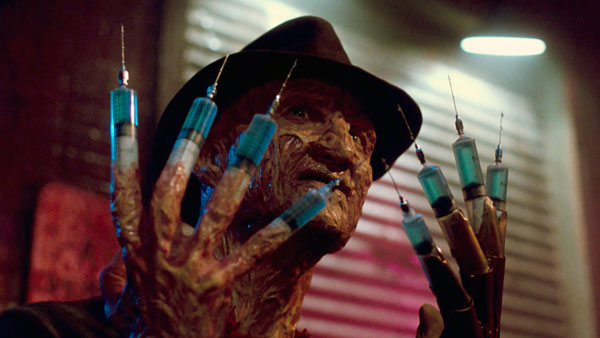
PHOTO COURTESY OF NEW LINE CINEMAS
A NIGHTMARE ON ELM STREET 3: DREAM WARRIORS (Chuck Miller, 1987)
While the original is rightfully hailed as a classic, the second sequel in the “Elm Street” franchise may be just as good. Set in a mental institution full of highly intelligent and troubled teens visited by Freddy Krueger, the film’s sad, well-drawn characters are believable and sympathetic victims of Krueger’s cruelty (which preys on their fears and insecurities). Director Chuck Russell uses imaginative and nightmarish special effects to transform the asylum into an expansive, blood-splattered haunted house. This is the film where Freddy Krueger truly came into his own as a figure both terrifying and darkly humorous, a strangely charismatic child murderer — a direct precursor to the Pale Man of “Haunter.”
AMERICAN HORROR STORY: MURDER HOUSE (2011)
Created by Ryan Murphy and Brad Falchuk, the first season of FX’s anthology horror series shares a lot of similar plot elements with “Haunter” — namely, the idea of ghosts being trapped in the haunted house they were killed in for all eternity. While “Haunter” plays the idea straight and for drama, “American Horror Story: Murder House” is a full-on campy, violent and kinda hilarious soap opera — and one of the weirdest, most insane shows to hit basic cable. It’s actually up for debate whether the season of the show qualifies as horror at all, but its addictive qualities are undeniable — making it perfect for marathon viewing on Netflix.
THE SHINING (Stanley Kubrick, 1980)
The gold standard of all haunted house movies, “The Shining” is Stanley Kubrick’s attempt at horror, and one of his many masterpieces. Though it may feel like you know all there is to know about this film due to pop-culture osmosis, there is nothing like watching the movie in full, and letting its slow-burn horror wash over you. As in “Haunter,” “The Shining” takes a more cerebral approach to horror, and highlights the potential for menace and evil that can be found in seemingly normal people.
“HOUSE (HUASU)” (Nobuhiko Obayashi, 1977)
If you’re looking for a haunted house movie quite a bit more crazy than “Haunter,” look no further than this Japanese horror film — one of the most absolutely nuts movies ever released. An absurd, gory comedy by way of the avant-garde, what little semblance of a plot the film has concerns a group of schoolgirls who visit their friend’s aunt, who lives in a house that gradually tries to consume them all (literally). But the plot is secondary to the oddly gorgeous low-budget special effects, which display an infectious sense of inventiveness and resourcefulness. A midnight movie mainstay, it’s a cinematic experience like no other.
FILM
HAUNTER
Screenplay by Brian King
aAt the IFC Center
At 323 Sixth Ave., at W. Third St.
Also On Demand, via Time Warner Cable










